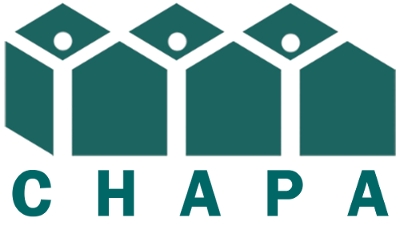By Stephanie Pollack
Dukakis Center and Urban Land Institute of Boston
June 14, 2012
Far less publicized than the recent bad news about the financial crisis at the Massachusetts Bay Transportation Authority (MBTA) has been some very good news: ridership is up. These additional riders, however, are filling the MBTA’s rush hour trains and straining the aging system’s capacity. This success brings with it even greater financial challenges: how will the MBTA serve its growing ridership?
Transit-oriented development, which concentrates homes and businesses near T stations and encourages transit use, has helped fuel this ridership growth. The T’s “hub and spoke” travel pattern concentrates ridership — and congestion — in the core of the system, so the success of TOD anywhere along the commuter rail and rapid transit lines depends on the capacity of the MBTA to accommodate additional riders in the core. The Boston District Council of the Urban Land Institute prepared this report in order to better understand core transit capacity and congestion in the MBTA system in anticipation of development trends and ridership growth.
